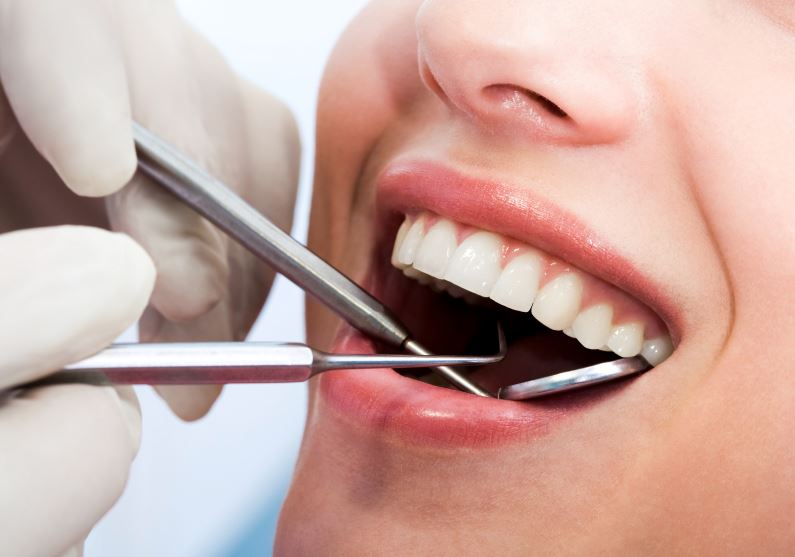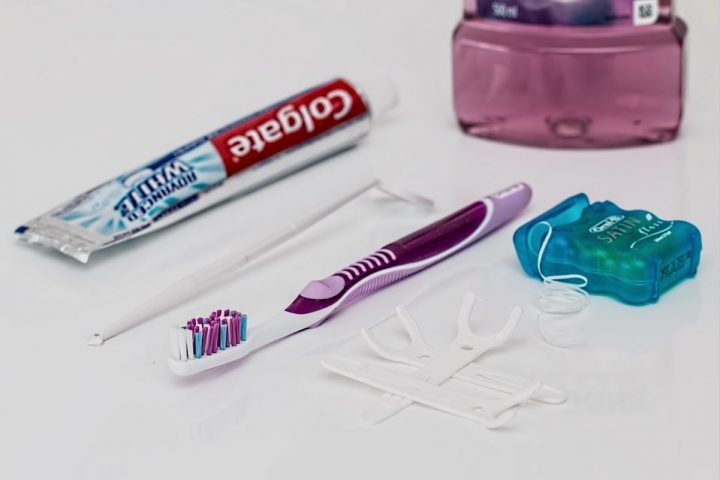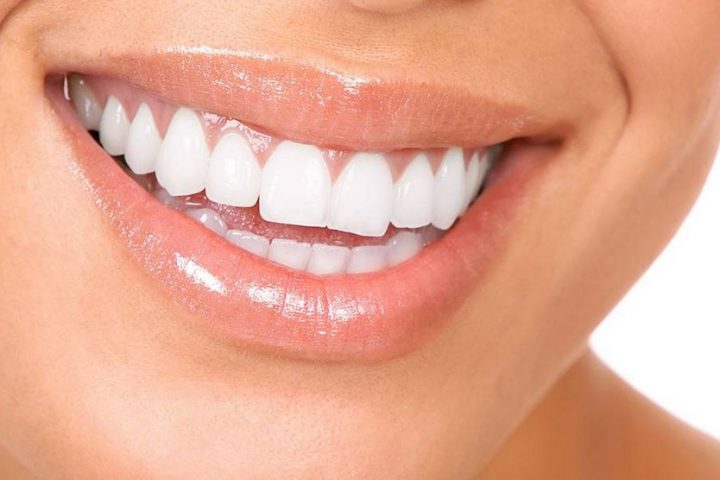Any pain that you have in the mouth from either your gums or your teeth should not be ignored. If you know that there are issues with your teeth or if there is one that is broken, then there is a possibility that the tooth needs to be extracted. The extraction process is rather simple, and your dentist can make it as comfortable as possible so that there is no pain with the procedure. Here are a few signs that you can look for if you think that your tooth needs to be removed.
Decay and Abscess
One of the common reasons as to why you would need a tooth extraction is if the tooth is decayed to a point where a filling or other restorative care can’t save the tooth. Sometimes, the decay could become so severe that it causes an abscess. This is an infection in the tooth or under the tooth in the gum line. You can usually look in the mirror to see if there is any decay present. The surface of the tooth will usually be a different color, and the gums will usually be red and swollen, possibly bleeding at times. If an abscess develops, there will likely be a significant amount of pain. A fever will usually be present as well. Decayed and abscessed teeth need to be removed as soon as possible to prevent the infection from spreading to other areas of the body.
Broken Teeth
If you’ve had any kind of physical injury to the face or if there are any fillings that are loose or cracked, then there could be broken teeth in your mouth. You can usually use your tongue to run along your teeth to feel if any are broken. A dentist, such as Labowe Stuart DDS can take an X-ray of the mouth and perform an examination to determine the severity of the break. A broken tooth stands a better chance of becoming infected, so it’s best to go ahead and get the tooth pulled.Crowding
If there isn’t enough room in the mouth for all of your teeth, then one or two might need to be extracted. Crowding in the mouth means that your teeth can overlap, which can impact the level of oral care that is given to your teeth. It can also impact how you eat and how you talk at times. Once the tooth is removed, then the rest of the teeth can begin to shift to proper alignment.
Whether its damage done to a tooth or decay, there are a few different reasons why you might want to consult a dentist about a tooth extraction. Don’t let any kind of pain or fever go on for a long period of time. Examine the teeth on a daily basis when you brush them to look for any issues that might result in an extraction in the future.



